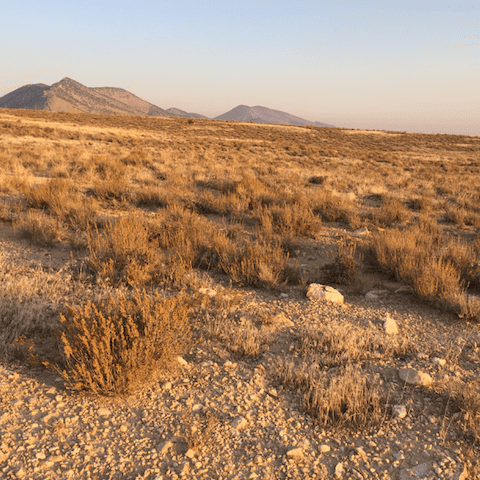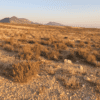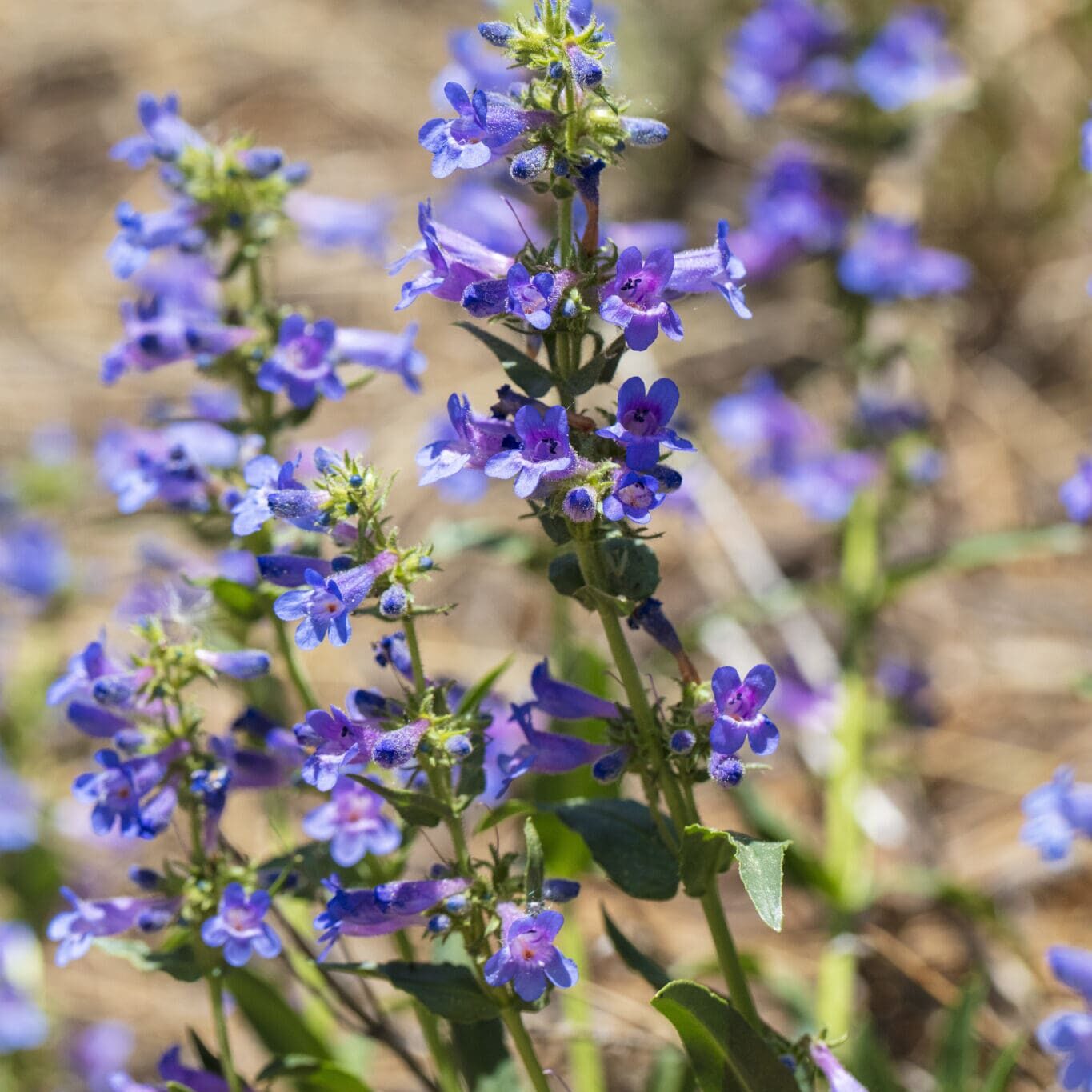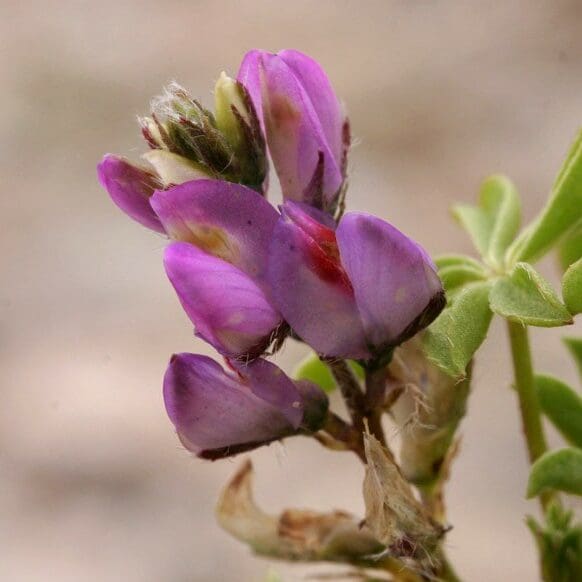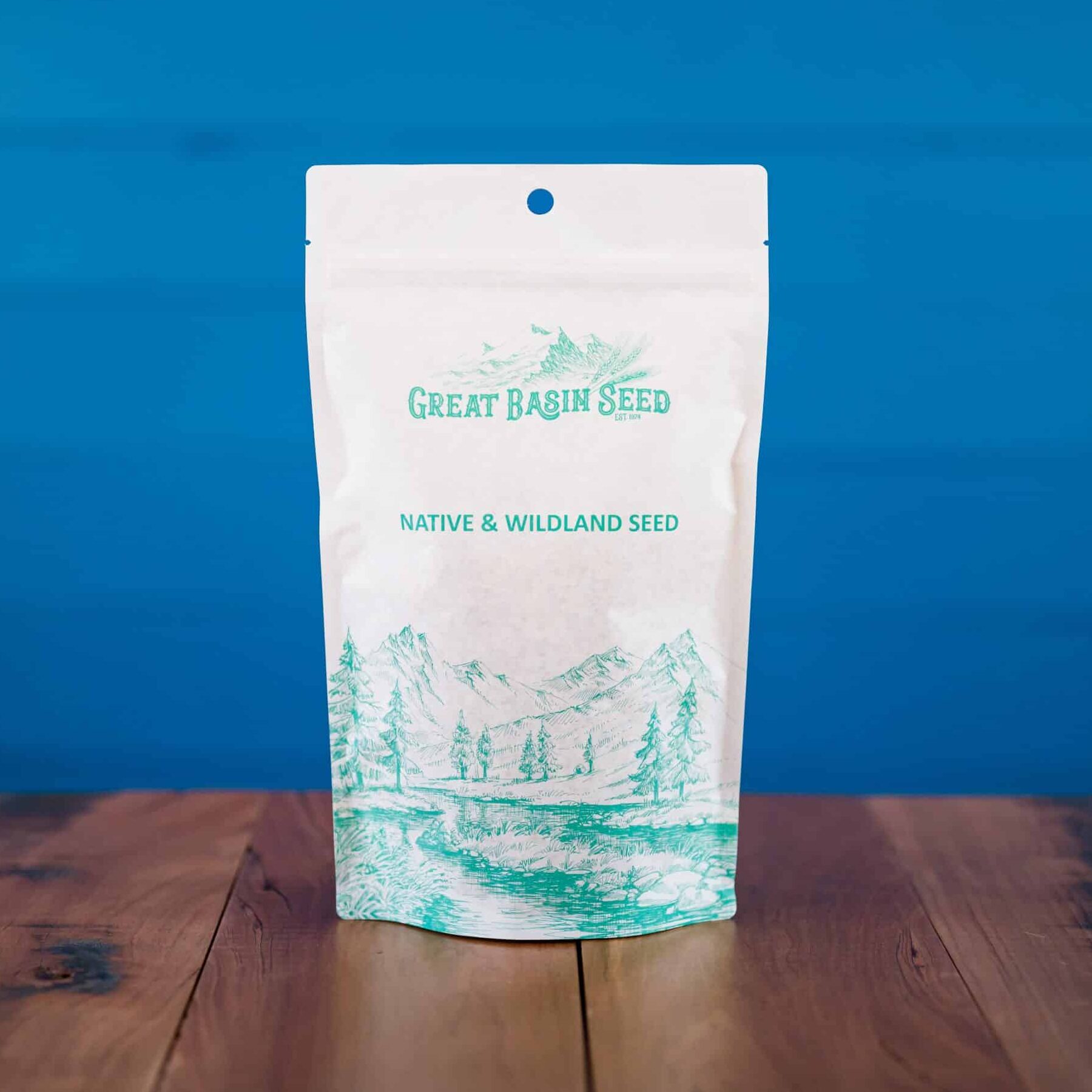Low Sagebrush
- Scientific name: Artemesia arbuscula
- Grows in sites drier than those occupied by big sagebrush
- Grows in higher elevations or in areas with more moisture than black sagebrush
- Frequently grows on arid, sterile soil
- Provides essential cover and root structure for erosion control
Out of stock
Low Sagebrush (Artemisia arbuscula), also known as Little Sagebrush, is a short statured mounded evergreen shrub reaching heights of 8 to 16 in with flowering stems rising 4 to 12 in above the canopy. The trunk is poorly defined with the branches diverging from the caudex below the soil surface.
It generally inhabits dry sterile rocky and alkaline clay soils in areas receiving 10 to 26 in annual precipitation with a pH of 5.5 to 8.6. Typically grows in sites drier than those occupied by big sagebrush taxa, and at higher elevation or in areas with more moisture than black sagebrush. It will occasionally form a mosaic of patches with big or black sagebrush indicating localized soil differences.
Low sagebrush and alkali sagebrush are found in the Intermountain and Rocky Mountain regions in Utah, Idaho Nevada, Oregon Washington, Wyoming, northern California, Colorado and western Montana. It occurs in a wide variety of habitats including valley bottoms, alkali basins, mountain slopes, and on dry wind-swept ridges. This species forms pure stands or can be found as a co-dominant species with basin and Wyoming big sagebrush, or with black sagebrush. At lower elevations it becomes a member of the salt desert scrub community with shadscale and greasewood. At higher elevations it is associated with pinyon-juniper and mountain shrub communities. Artemisia arbuscula prefers rocky soils on high valleys, mountain slopes, basins and ridges at elevations of 4,900 to 12,500 ft. It is collected from natural populations.
Frequently grows on arid, sterile soils that would otherwise be uninhabited. It provides essential cover and root structure for erosion control.
Low sagebrush is browsed by deer, pronghorn, elk and sheep. It is preferred by mule deer in winter and spring. It is rated as preferred by pronghorn year round, but is especially utilized during summer in low desert scrub communities. Palatability and usage of low sagebrush varies by ecotype.
Provides cover to small mammals, reptiles and birds. Due to its low stature, value as cover for large mammals is limited.
The low stature of this species makes it difficult to collect seed, resulting in high seed prices.
***Click on the “Quick Plant Facts” tab above for more information.
Low Sagebrush NRCS Plant Guide and Fact Sheet
Low Sagebrush NRCS Plant Guide and Fact Sheet
PDF version of NRCS Plant Guide and Fact Sheet
Prepared By: Derek Tilley, USDA NRCS Plant Materials Center, Aberdeen, ID
Loren St. John, USDA NRCS Plant Materials Center, Aberdeen, ID
Pocket Guide to Sagebrush
Pocket Guide to Sagebrush
PDF version of Point Blue Conservation Science
Prepared By: Leila Shultz, Utah State University
Illustrations By: Linda Ann Vorobik
Design & Layout By: Scott Gillihan
Who is Great Basin Seed?
Great Basin Seed is a seed company that specializes in seed sales and consultation for home, ranch, farm, range and reclamation. We have been a leader in the seed industry since 1974.
Our History
We've been in the seed business since 1974.
What We Offer
We offer seed for home, farm, ranch, range and reclamation projects.
Meet the Gang
We have the best employees in the world! We are proud of the work they do, and trust them to serve you!
Right: Company founder Lloyd and his wife Paula Stevens in a wildflower seed production field circa 1977
Quick Plant Facts
| Common Name: | Low Sagebrush |
|---|---|
| Scientific Name: | |
| Origin: | |
| Lifespan: | |
| Elevation of Occurance: | |
| pH Tolerance: | |
| Min. Precipitation: | |
| Zone Map | comingsoon.gif |
| Plant Type: | |
| Root Form: | |
| Growth Height: | |
| Seed Count | 1000000 |
| Planting Rate: | |
| Growth Season: | |
| Max Sowing Depth: | |
| Best Time to Sow: | |
| Sun & Shade Tolerance: | Full Sun |
| Hardiness Zones: |

